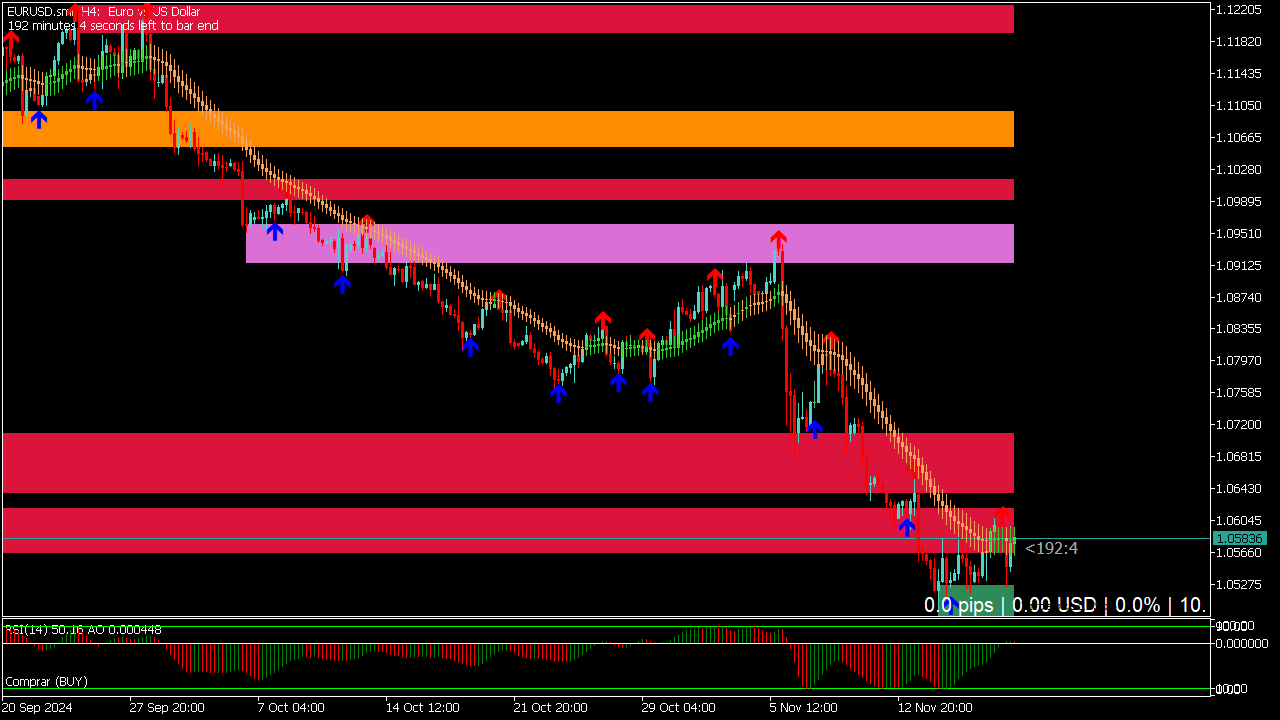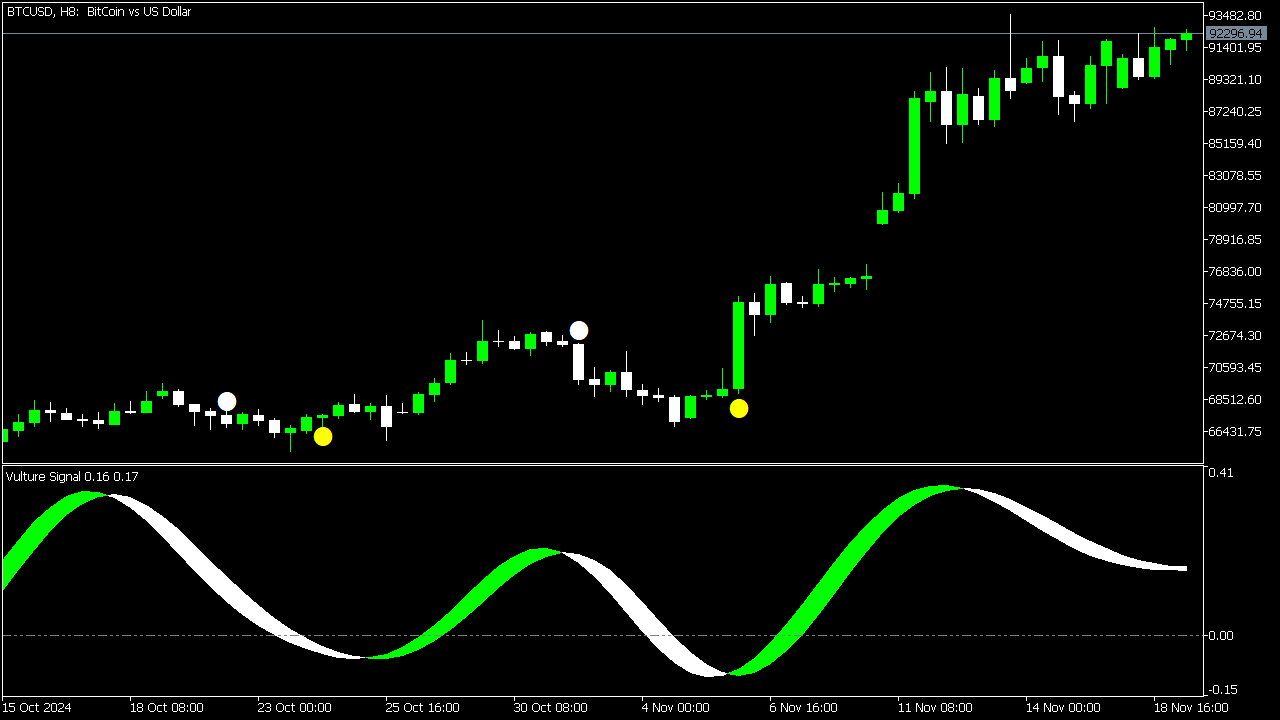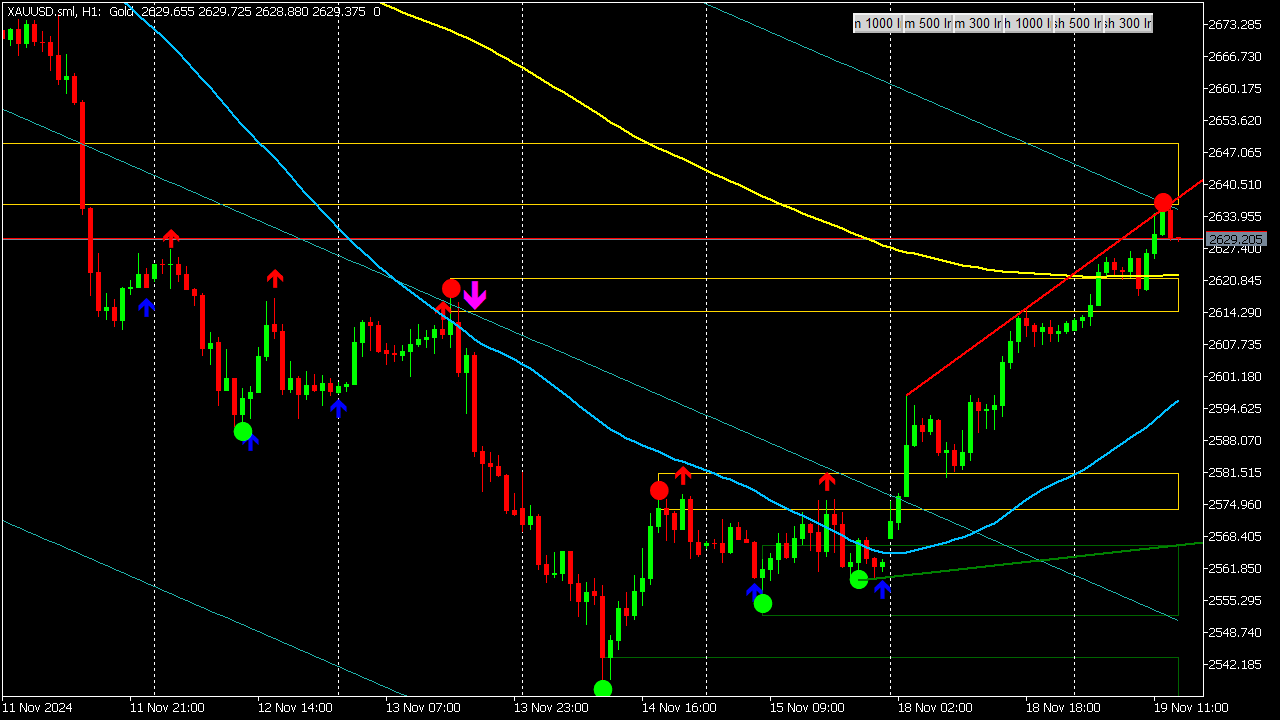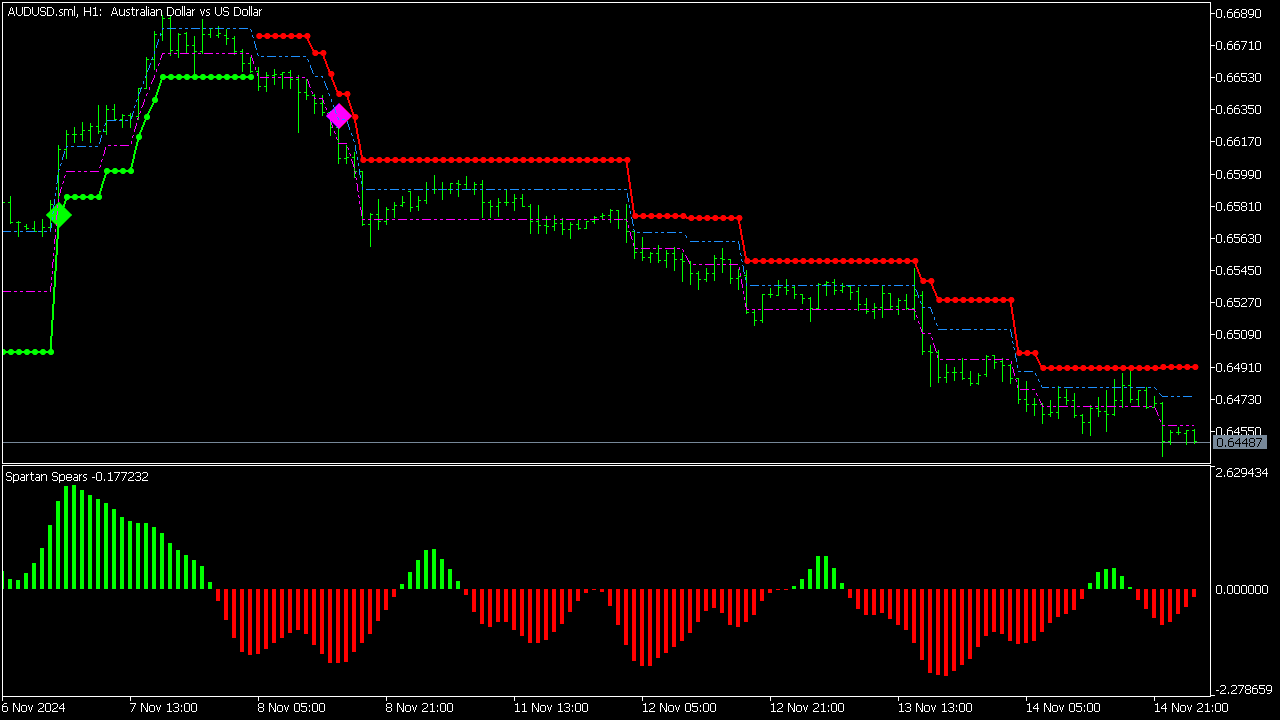Boom and Crash System with Arrows
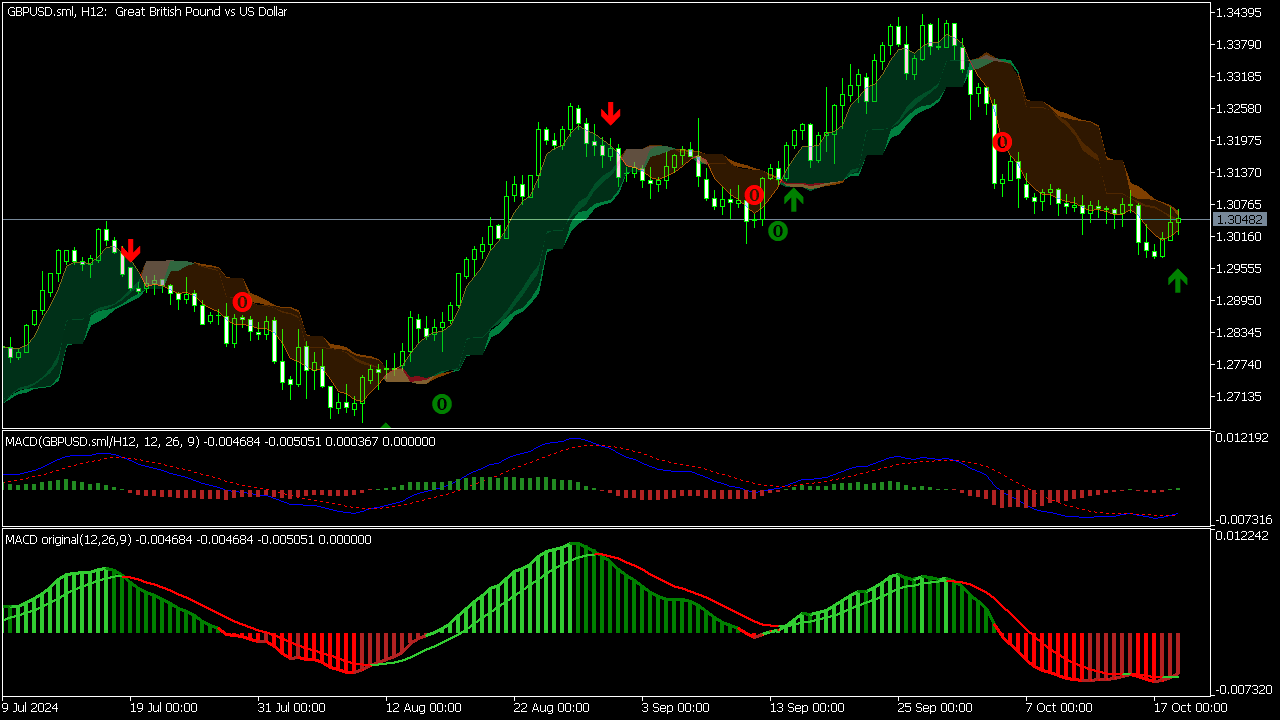
↪️ DOWNLOAD IT BELOW ⤵️
Boom and Crash indices are synthetic financial products offered by brokers like Deriv, designed to simulate the behavior of real market assets under specific market conditions. Boom indices typically represent rising markets, characterized by upward price movements, while Crash indices indicate falling markets, marked by downward price movements. Traders can capitalize on the volatility and price action of these indices to execute strategies that exploit the unique features of each index. Due to the synthetic nature of these assets, they don't correlate directly with traditional markets, providing unique opportunities for risk management and diversification. However, like all trading, it involves substantial risk and requires a solid understanding of market dynamics.
Here are several effective strategies for trading Boom and Crash indices:
1. Scalping Strategy: This involves making numerous small trades to capitalize on minor price fluctuations. Traders typically set tight stop-loss levels and aim for quick profits within short time frames. Scalpers often use short-term charts (like the 1-minute or 5-minute charts) and may employ indicators such as the Moving Average Convergence Divergence (MACD) or Stochastic Oscillator for entry and exit signals.
2. Trend Following: This strategy focuses on identifying and following the dominant market trend. Traders look for consistent upward or downward movements in Boom or Crash indices and enter trades in the direction of the trend. Tools such as moving averages and trendlines aid in recognizing these trends, while the Relative Strength Index (RSI) can help prevent entering when the market is overbought or oversold.
3. Reversal Trading: Given the predictable nature of Boom and Crash indices, many traders use reversal strategies. For instance, the Boom index often experiences upward spikes, while the Crash index faces downward spikes. Traders typically wait for exhaustion signals or overbought/oversold indicators to identify potential reversal points, often leveraging tools like Fibonacci retracement levels to determine target areas.
4. Grid Trading: This involves placing buy and sell orders at uniform intervals around a set price level. The goal is to profit from market fluctuations as prices move between those levels. Grid trading in Boom and Crash strategies can work effectively due to the consistent price movement patterns. However, risk management is crucial, as significant market trends can lead to substantial drawdowns.
5. Breakout Strategy: Traders monitor key support and resistance levels and enter trades when the price breaks through these levels. A breakout above resistance could signal an uptrend in the Boom index, while a breakdown below support may indicate a downtrend in the Crash index. Confirmation through volume spikes or momentum indicators can enhance the reliability of breakout trades.
6. News and Events Trading: While synthetic indices are not directly influenced by economic events, traders can still consider the market’s overall sentiment and reactions to significant news or economic events. Keeping informed about broader market trends can assist in making better decisions.
7. Risk Management Strategies: Regardless of the trading strategy, effective risk management is vital. This includes setting stop-loss and take-profit levels, managing position sizes, and maintaining a risk-to-reward ratio of at least 1:2.
In all strategies, risk management is crucial. Setting stop-loss orders and carefully managing position sizes can help mitigate potential losses. Each trader may find success with different combinations of strategies based on their trading style and risk tolerance.
